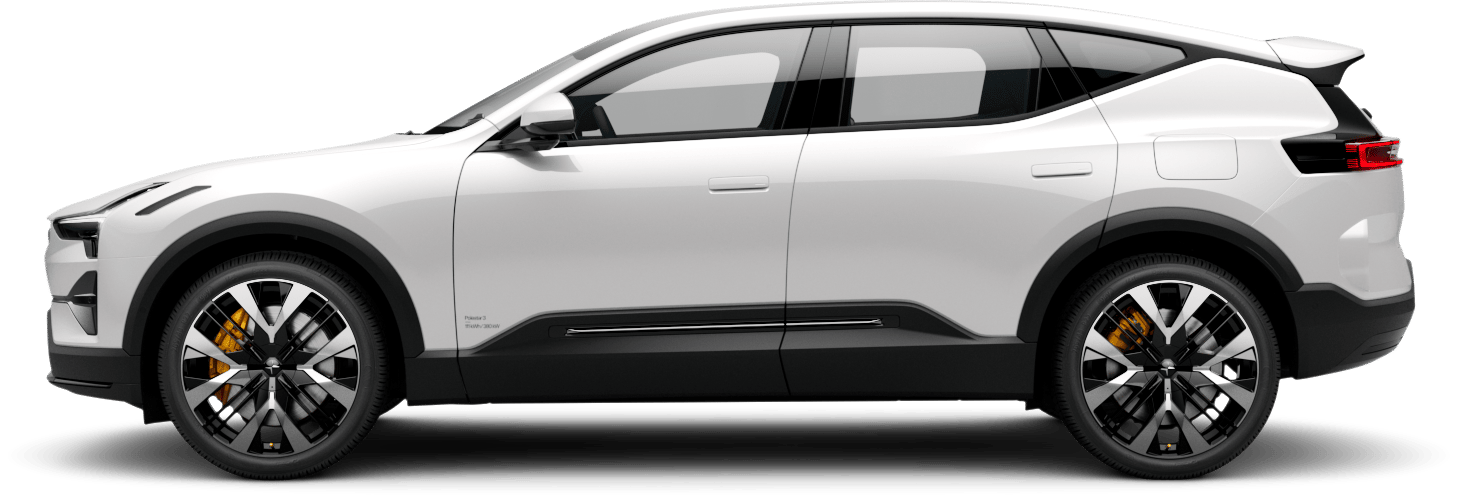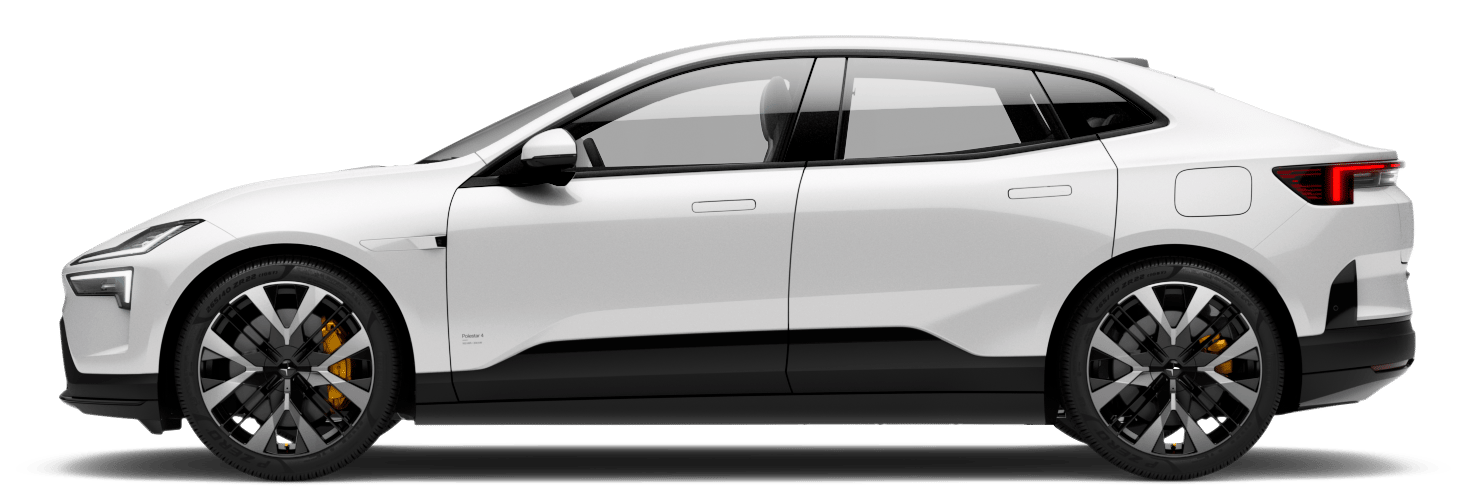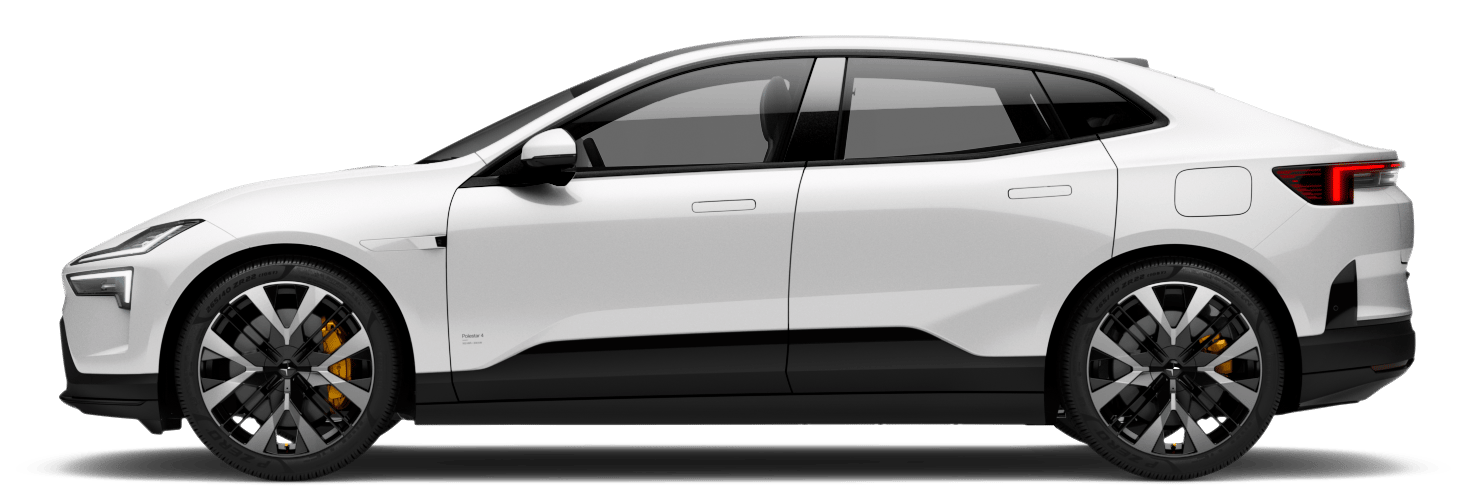Smoothies, Museums and Airports: an ArkDes exhibition
Wayfinding /ˈweɪfʌɪndɪŋ/ (noun): the process or activity of ascertaining one's position and planning and following a route. Achieved through different means throughout the ages. Landmarks, constellations, and weather patterns have all been methods for people to comprehend and navigate their surroundings. These days, we use something much more deliberate. Something of our own creation.

Cars were included because they’re a part of the city, and EVs will increasingly be so.
Graphic design.
Modern cities are incredibly complex environments. Oftentimes, the information contained therein is broken down into more easily digestible chunks: signs, stickers, billboards, logos, apps, and other displays, all of which are made under the expert eye of graphic designers. Like those of Stockholm Design Lab.
Founded in 1998, Stockholm Design Lab (or SDL) is a multidisciplinary group of creatives who “share the belief that design is a powerful tool to transform the society we live in”. In fact, it’s the urban landscape where SDL’s contribution to modern wayfinding can be found. Åhléns, Stadium, SAS, Moderna Museet, Ericsson, and a host of other brands and services have all had their visual branding elements created by this self-same group of creatives. And since these brands are both the first thing one sees upon arrival in Sweden, along with being some of the most widespread retailers in the country, SDL has played a sizeable role in how we interpret the modern Swedish cityscape.
“Everything that surrounds you has been designed by someone,” says SDL founder and CEO Björn Kusoffsky. “Someone has carefully thought through all of those things.”
Another aspect of the contemporary urban environment, becoming more and more prevalent with each passing day, is the presence of electric vehicles. Such as Polestar. SDL, in their role as strategic partner to Polestar, was instrumental in helping to create a distinct corporate identity, including the logo and symbol that adorn every Polestar product.

ArkDes, Sweden’s national centre for architecture and design, is hosting an exhibition about SDL’s influence on the modern city in a show entitled “Smoothies, Museums and Airports – Stockholm Design Lab and the City”. A similar event, held in Shenzhen’s C Future Lab, saw over 200,000 people in attendance. Held in conjunction with SDL’s 20th anniversary (thought actually taking place closer to their 21st anniversary due to the pandemic), these events highlighted the ever-increasing importance of graphic design in a progressively cluttered world.
“This is the first time (ArkDes has) had an exhibition about branding,” continues Kusoffsky. “Graphic design has never really been included at this level before.”
Polestar, as both an increasing presence in the modern city and an SDL partner, features prominently. An ERAD unit from a Polestar 1 is displayed, accompanied by a tablet showing a video introduction to the Polestar universe.
“Cars were included because they’re a part of the city, and EVs will increasingly be so,” status Kusoffsky. “But Polestar itself was included because it’s such a distinctive brand. All the details, even the ones you can’t see, are important, and that attention to detail is a major part of the Polestar experience.”
And so, Polestar (a brand that’s only been in existence for six years) took its place in an exhibition about the intersection of graphic design and the city, and how one can help navigate the other. A fitting role for a brand named for one of the most prominent wayfinding points in the history of navigation.








